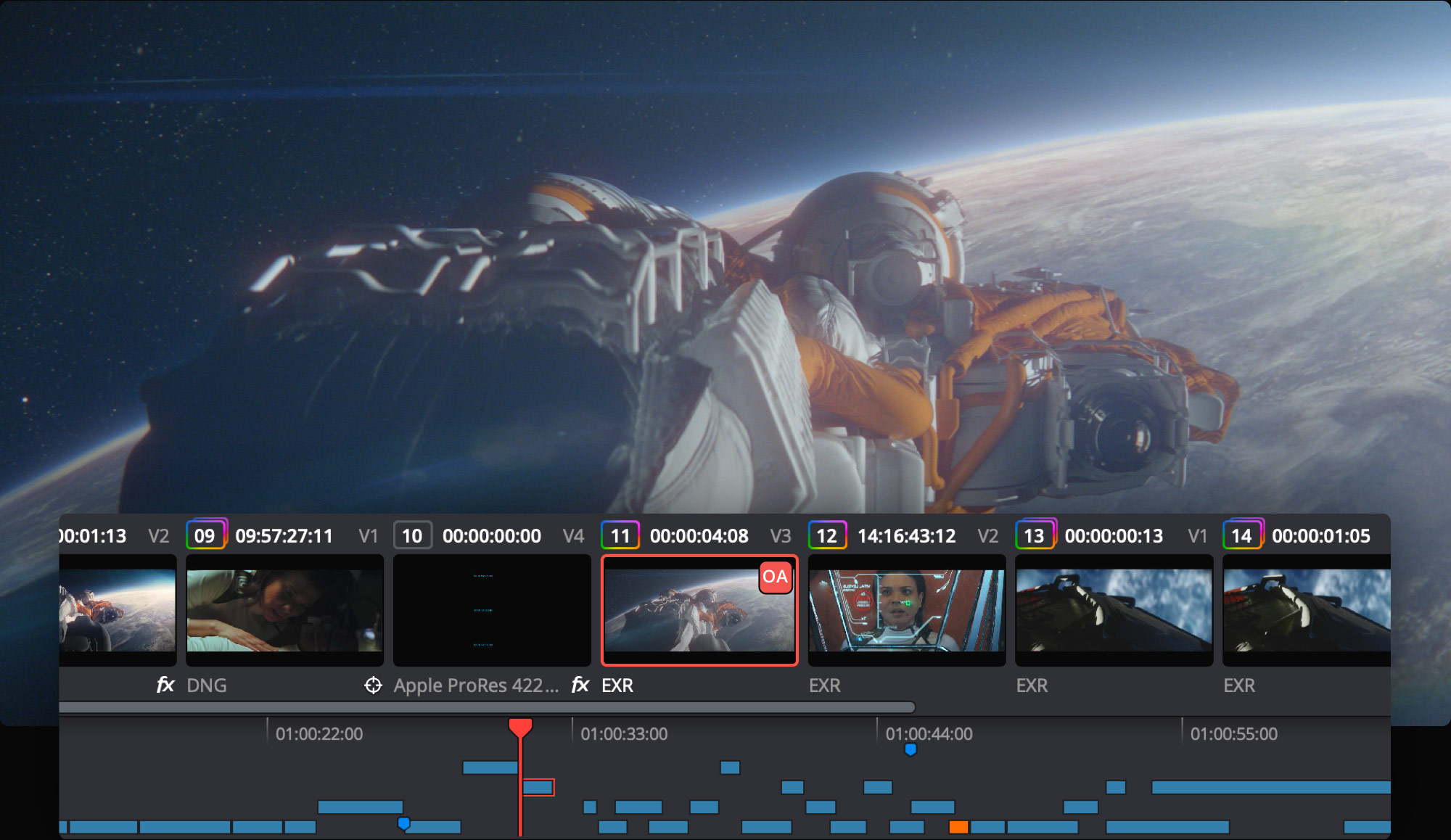


There are settings available for any type of video you may want to export. You have a lot of control over your custom export settings for a reason. You can show or hide the selected clips by pressing the Clips button on the top left toolbar.The top right column in your Render Queue, where you can see how many timelines are in line to export.The top left column is where you will make changes to the settings of your video before you export it.Your Preview viewer is in the middle of the window.Remember that in the Deliver tab, you’ll be unable to change the order of your clips. You can see your timeline at the bottom of the window.Click on the Deliver tab on the bottom bar of DaVinci Resolve.That way, you can know what you need to do to have better control over your final product. Once you’re in the Deliver tab, make sure you understand the basics of which area will carry out which function. There are a few settings you can choose to do this in, but here are the basic principles. That’s where the process of rendering your clips through the export comes in. Think of your edited video like a mixture of ingredients in a bowl it won’t be ready to share-or “enjoy”, in this analogy- until you’ve “baked” it. Part 2: 4 Pro Tips to Successfully Export in DaVinci Resolveįirst of all, you need to know the basics of how to export your video.Part 1: How to Export in DaVinci Resolve.Name and save the file to your hard drive. Then, from the File menu choose > Export XML. To send your project to DaVinci Resolve, Press Command-2 to make the Timeline active, or just select the project in the Browser. With Resolve’s powerful windows and curves, you probably want to create your secondary corrections in Resolve anyway.


Exposure, Saturation and Color changes in the Color Board will transfer, but Color Wheels, Color Curves, and secondary corrections using Color or Shape Masks will not. You should also be aware that not every color adjustment will transfer to Resolve. Grades that are sent to Resolve can be adjusted further, turned off, or removed altogether by the colorist. This step is only important if the person grading your program will be someone other than yourself and you feel the need to give him or her a timeline with a base grade to communicate your ideas. One of the clips has a retiming effect applied, and a few of the clips have been color graded to improve the contrast and color balance.


 0 kommentar(er)
0 kommentar(er)
